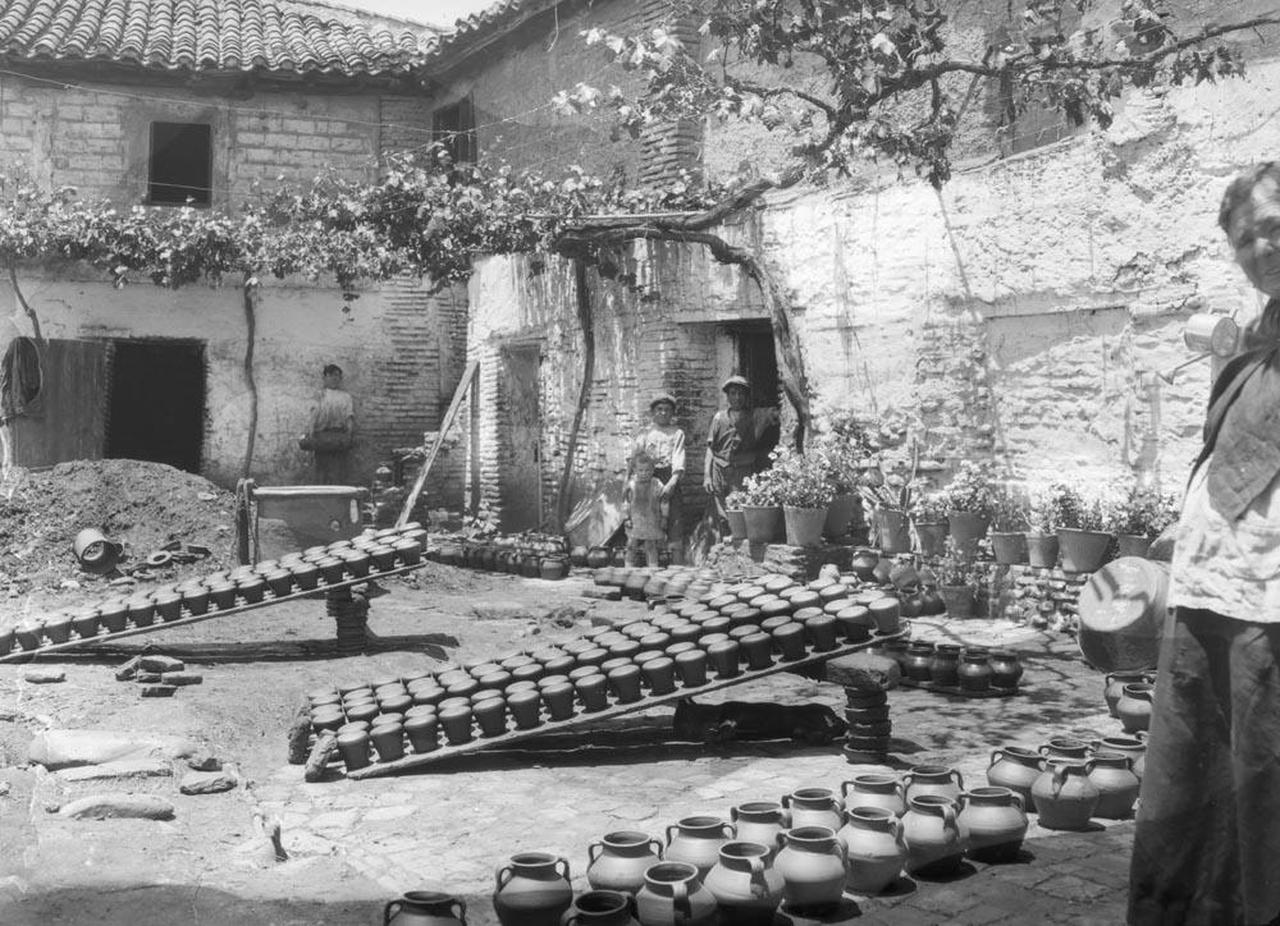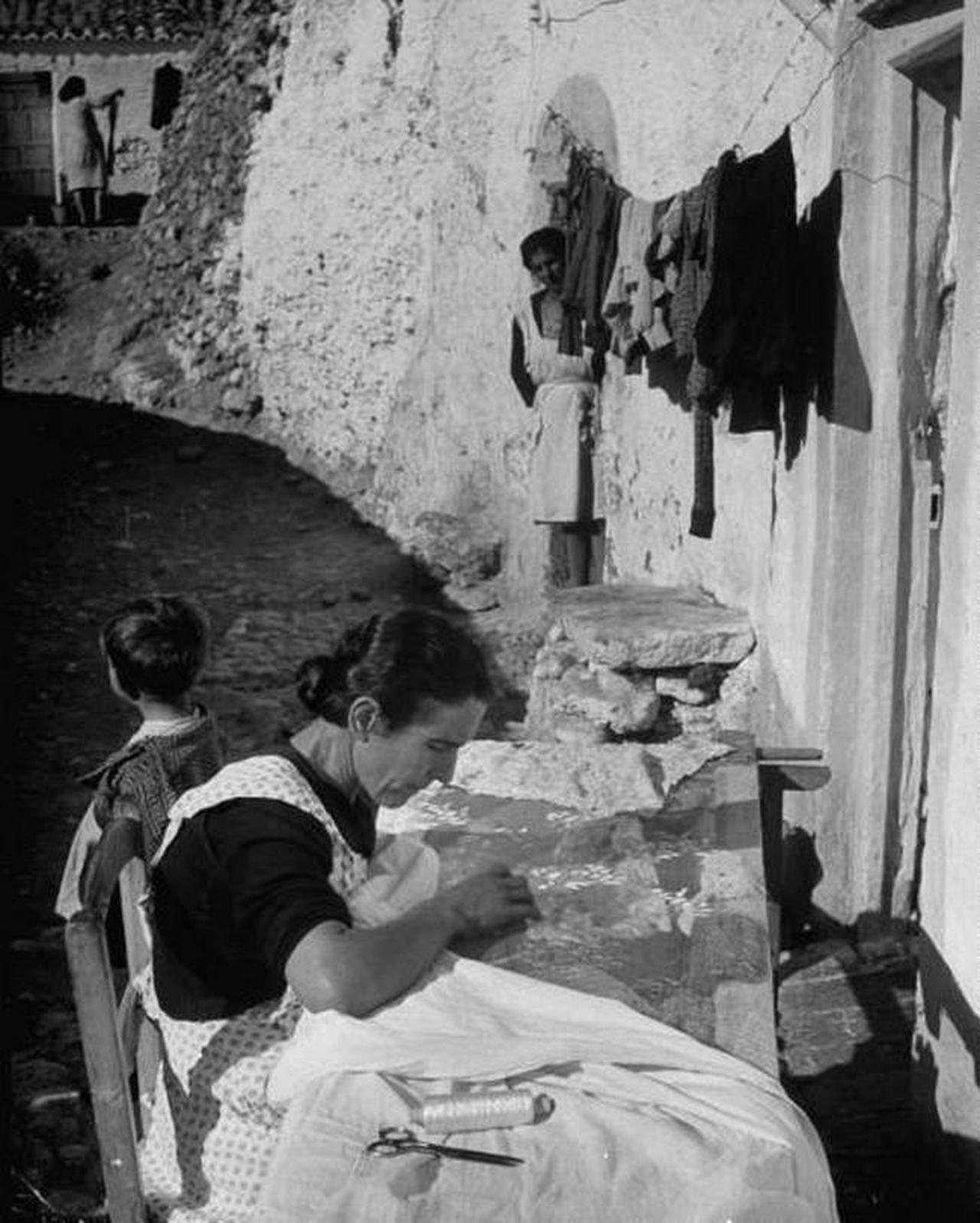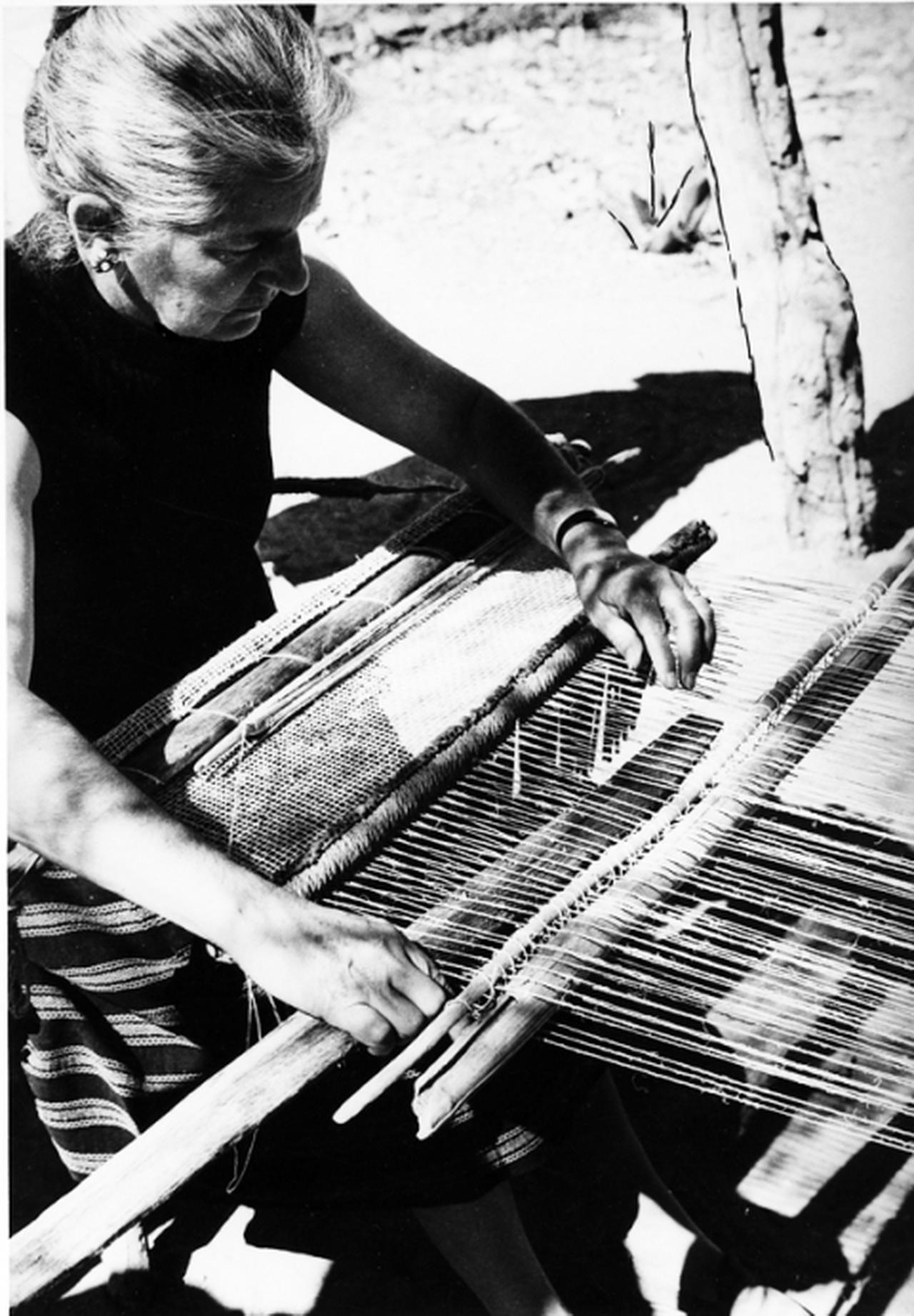
LOOM CAVE
A cave about the pottery tradition
The origin of pottery in our land dates back to prehistoric times, with a constant evolution through the centuries, from the Neolithic, through different cultures; Romans, Visigoths, Arabs, Christians, to the current pottery.
In the 8th century, with the arrival of the Muslims in Andalusia, glazing was introduced, opening up a wide field of technical and ornamental possibilities that culminated in Nasrid ceramics.
An example of the change in the kind of objects is the substitution of the large dishes used by the Arabs as a common plate for all the diners, for individual bowls used preferably by the Christians.
In addition to kitchen objects such as plates, dishes, bowls, basins, pitchers, etc... Granada's pottery has been known since Arab times for its beautiful tiles.
The main colors used are white for the background and blue, green and brown for the decoration. The decorative motifs are usually leaves and flowers arranged geometrically, often using the image of a pomegranate or a bird as a main element.


Granada pottery
Granada or Fajalauza pottery, as it is generally known, has preserved the pottery tradition of Moorish origin and has remained unchanged, characterized by blue-gray or green decoration with practically the same plant motifs, maintaining the traditional formulas and materials.
Even so, from its beginnings until today, the magic of handmade pottery persists in the fact that water, fire, earth and air are involved in its manufacture.
Another cave dedicated to the art of weaving
The loom is a huge wooden frame that has two vertical shoes or feet, from the floor to the ceiling, so that it is well anchored. On it are supported two rotating rollers, called folders, which are immobilized with strong nails. If the loom is vertical, it is called "high-warp"; if it is horizontal, "low-warp".
The technique used helps to establish the chronology and geographical location of the piece. The technique is a characteristic of the workshop, while the decoration changes frequently.
There are two fundamental techniques for decoration: one depends on the weft, and if knots are used instead of weft, the decoration depends on the number of knots, and both methods can be combined.



Loom products
Carpets, rugs, tapestries, blankets, bedspreads, tablecloths, etc... The carpet is of Arab origin, as important in home furnishings as in the mosques, to shelter from the cold or as decoration, to satisfy the demands of refined oriental taste.
The Arab presence in Spain made us become familiar with its use and manufacturing technique.
There are some historical documents that speak of "alcalinas" and carpets to refer to Moorish tapestry.
